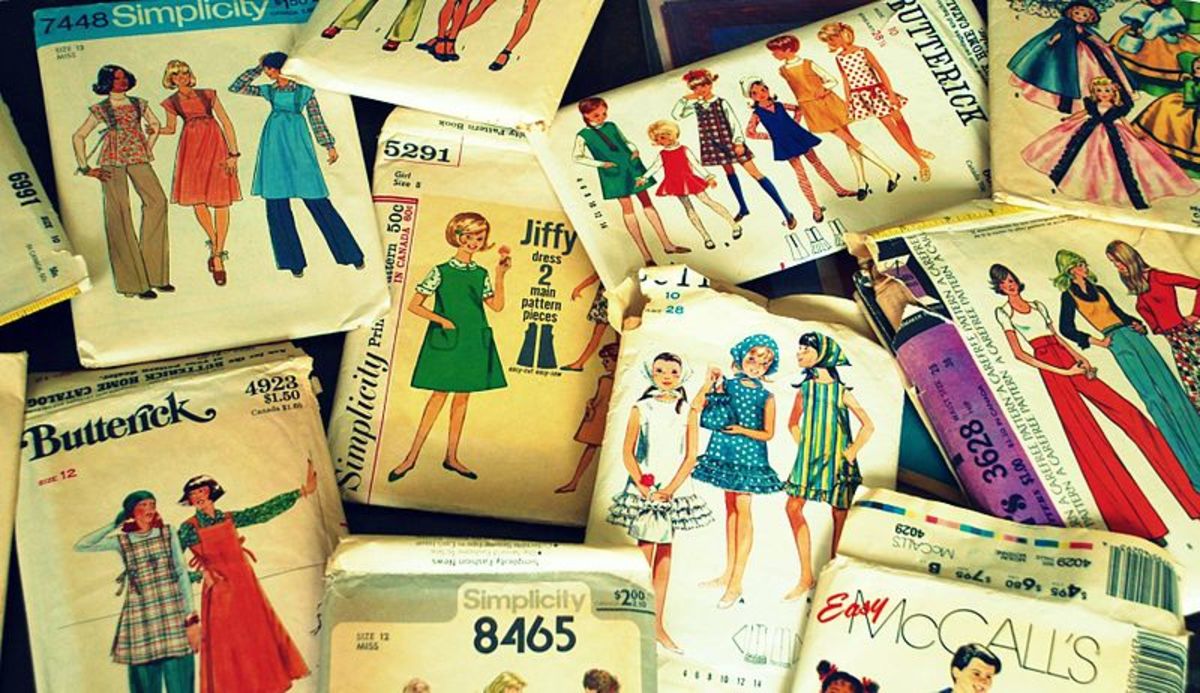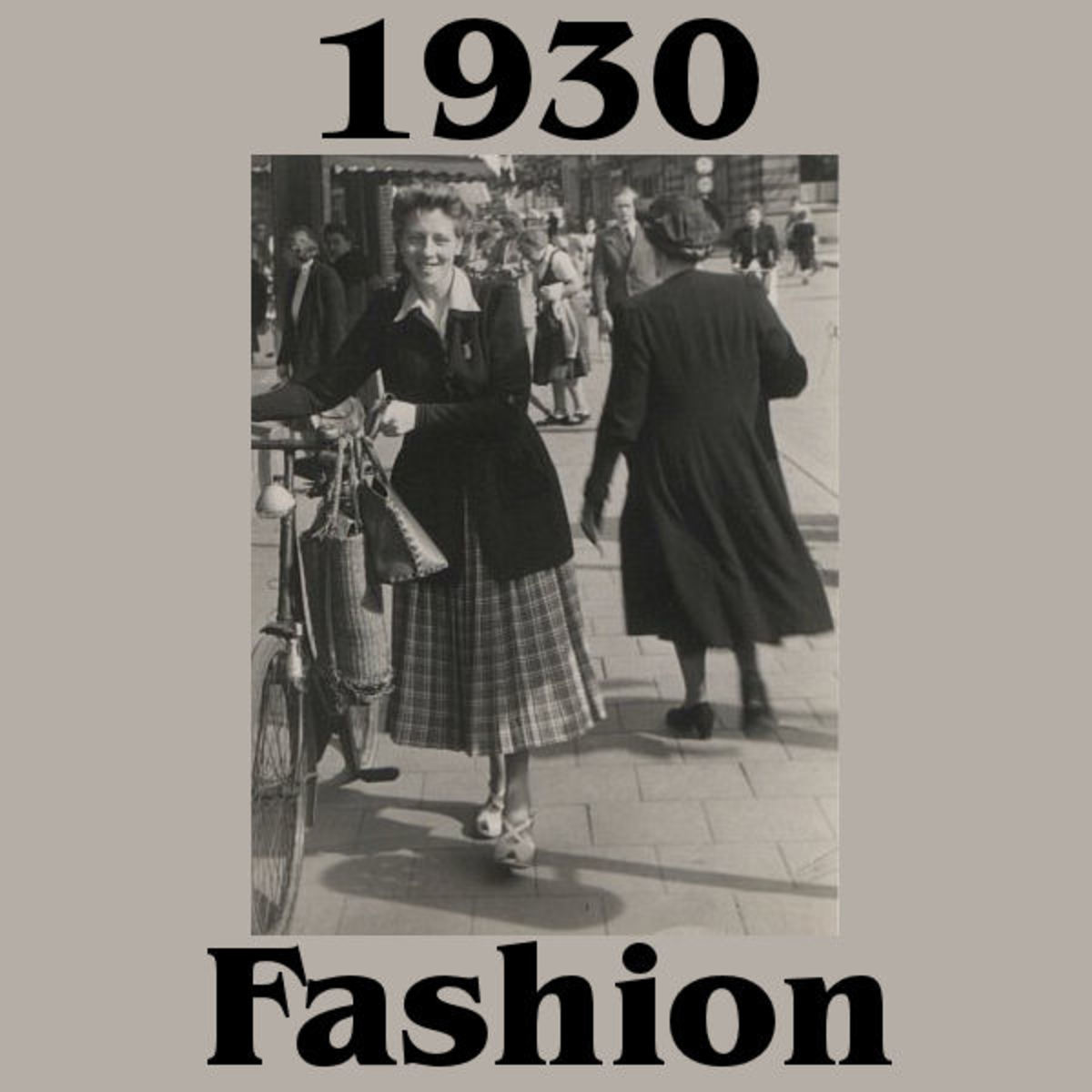The hidden life and language of the suit
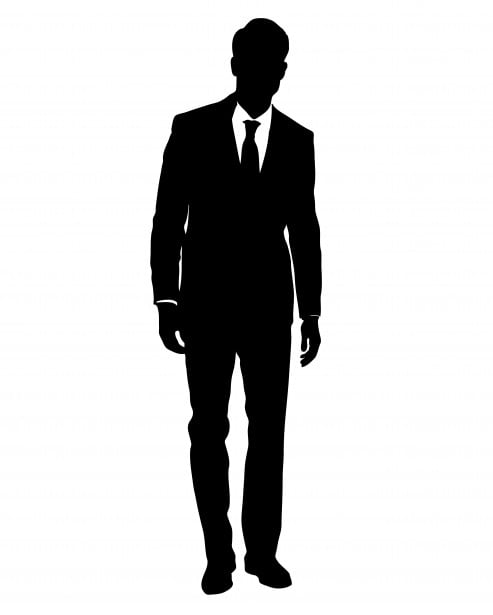
Two wooden stakes stood on the plain,
On them I hung my clothes:
Draped in linen, they looked well born,
But, naked, I was a nobody:
The Havamal
Clothes are the social skin signifying status within the community. Clothes are treated as the boundary not only of the individual but also of the social self, the frontier between the individual and their society, appropriate attire for each occasion and activity being important. This is true for South American Indians and Westminster politicians. At one time rulers enforced sumptuary laws that directed what clothes various classes could wear in England and other countries: at one time in Imperial China men were ordered to wear pigtails, The Romans restricted purple to the Emperor and some Celtic societies restricted the number and type of clothes people could wear. These sumptuary laws are long gone but cultural resistance to social change results in slowly fading social pressure to conform to ancient dress codes.
In the West power, whether national or local is signified by the suit. The dark gloomy suit is the icon of business as it walks the corridors of power. Wearing a suit to a job interview is socially mandated role pay essential to landing the job, and a suit is mandatory to enter or remain in politics. Born in the Eighteenth Century as a simpler form of fashion, it became embedded in Victorian gloom and survives as a cultural relic like the wig and gown British judges and lawyers must wear. The dark suit is a symbol of seriousness, possibly dating back to puritan times. The white suit tends to be associated with levity, fun and criminality.
The suit's one advantage is that if you wear even the cheapest most badly fitting suit you will be considered smartly dressed( unless it is checkered, when you will look like a clown or a petty confidence trickster). It is the lazy way to look smart and the lazy way to assess whether someone is smartly dressed.
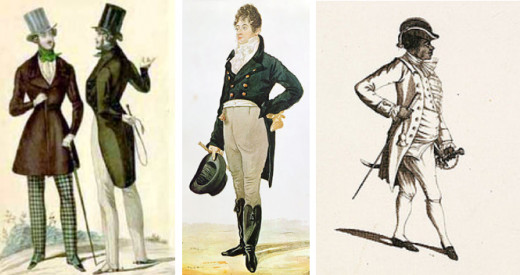
History
The suit seems to have originated in the early 17th century as royal court dress. In 1666 Charles II, following the example of King Louis XIV’s court at Versailles (Suit comes from the French Suite and refers to the fact that the clothes are of a similar style and colour (at least on the outermost layer), decreed that in the English Court men would wear a long coat, a waistcoat (then called a “petticoat” a term now reserved for an item of womens' clothing), a cravat (a precursor of the necktie), a wig, and knee breeches (trousers), and a hat.
In the 19th Century the famous dandy Beau Brummell redefined adapted and then popularised this style, leading European men to wearing well-cut, tailored clothes, adorned with carefully knotted neckties. This was a clean simple look in contrast with extravagant earlier styles that seem to have survived only as legal wear and some of the costumes worn at the opening of the British Parliament. Beau Brummel also broke with Christian tradition and introduced daily bathing as part of a man’s daily routine. The predominant upper-class clothing Brummell introduced for day wear was a tightly fitting, dark coloured tailcoat with non-matching (usually pale) trousers, pale waistcoat, white shirt and cravat and tall boots. Such an outfit would not be recognised as a suit today unfortunately but might be fun to wear.
Around the start of the Victorian Period the frock coat and then the morning coat, became the clothing for gentlemen. This was still not a suit, as the trousers did not match and matching waistcoat and trousers were considered informal. At the end of the 19th Century the Lounge Suit was born as an informal garment for sports, in the country, or at the seaside and over several decades became the standard apparel for the well dressed with several changes of style in the 20th century, the over all trend being towards simplicity. There were also a number of non-traditional suits, now out of fashion and a trend towards casual clothes
The commonest type of suit today is the Lounge or business suit, followed by the formal Dinner Suit. Overall the trend has been for the clothing the upper classes favoured to become formal wear. The lounge suit, once an informal garment is now worn on formal occasions (with Black Tie dress reserved for extremely formal occasions).
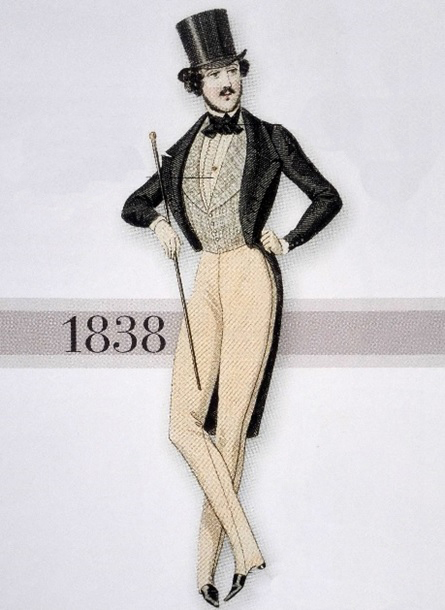
Sociology
The suit is the uniform of management and upper managers are often referred to derogatively as “suits” and viewed like the soulless sunglass wearing agents in The Matrix. Outside their own community suits are not trusted and are viewed as exponents of seagull and mushroom management. Many people distrust any person of power, or a sales person, in a suit. In politics the electorate want honest politicians but to be elected the politician has to wear a suit, which to many proclaims the fact they cannot be trusted. But somehow a lie told by a man in a suit has a better chance of being accepted than a truth told by a casually dressed person. This is probably because those in the media who control the narrative spun to the public are all suits.
The aura of honesty dishonestly clinging to the suit may stem from its origin as upper class wear, and the conditioned deferential cringe of the lower orders to the upper class, a cringe inherited from the eighteenth century and earlier. Where a non suit wearer has public credibility, they also have fame: rock stars for example.
In Brazil Capoeira Mestres wear white suits (much more fun) to show they can perform the acrobatics of the game and not get their clothes dirty while many film and TV villains wear white suits.
The sociology of the suit is complex and more research is needed.
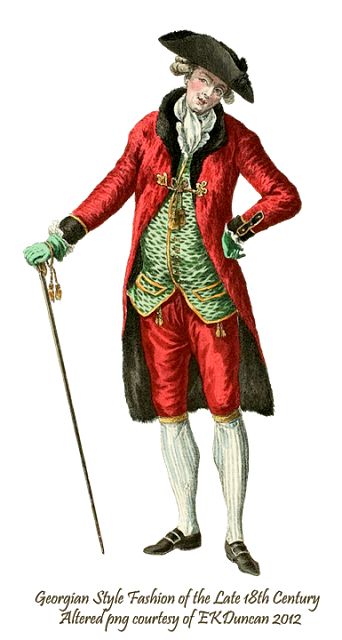
The wrap
The suit, a western expression of the universal regulation, via clothing, of the social skin, the presentation of the individual to society, has a long history rooted in the class system, having been the clothing of the leisured upper classes and moved downwards till it reached a level just above the working class and came to demarcate the powerful and the serious professions from the lowere orders and the creative classes. The suit is a relic of the past of limited use nowadays and while tidier than teeshirt and jeans is the lazy way to be smart, and as such has contributed to a worldwide deterioration in dress sense when it comes to casual wear. It is time it went out of fashion, or at least lost its power to mantle charlatans with honesty and integrity.
Further reading
-
The Social Skin: Terence L Turner in Not Work Alone ed Jeremy Cherfas and Roger Lewin. Temple Smith, London, 1980
-
Dressing the Elite: clothes in early Modern England: Susan Vincent, Berg 2003, ISBN 1-85973 746 3

